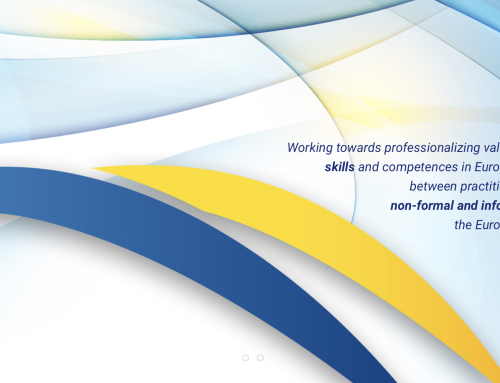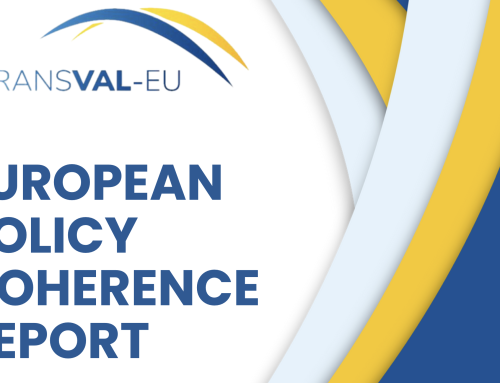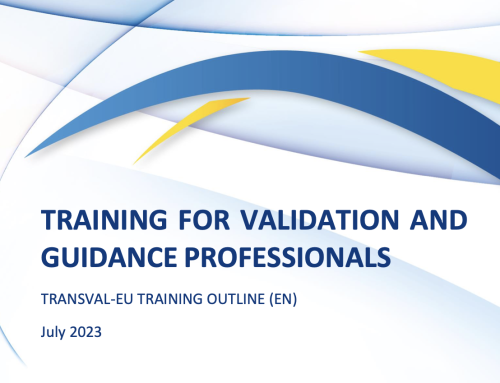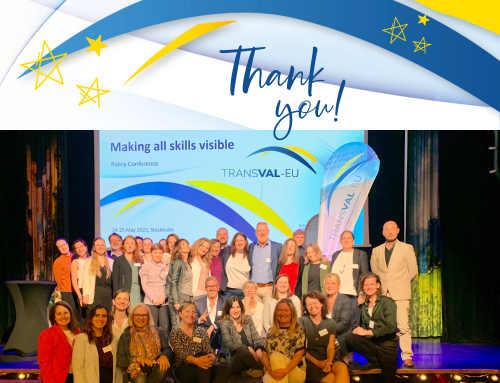From valuing the individual experience to validation: understanding complexity scales for competences
Guest paper by Erik Kaemingk and Annie Kempers-Warmedam, associate partners and experts in TRANSVAL-EU advisory board on the importance of recognition and measurability of experience accompanied by a short analysis of complexity scales for competences.
The two experts start their paper by defining experience as “the development of knowledge and insight in practice by observing and being involved in work processes”. Therefore, it is key for a person to grow from a novice to an expert via professional skills. An example would be the Netherlands, where experience is particularly valued, it becomes more and more frequent that a person can be registered as professional solely through demonstration of experience. However, a common language in which we express the value of experience does not exist yet. The authors believe that it is crucial to be able to properly express the value of experience as a learning outcome as it can increase people’s transfer value and provide a faster pathway for those entering education, or even directly into practice.
There are three taxonomies used to map out learning outcomes gained through experience. Bloom’s taxonomy provides a hierarchical classification of cognitive, psychomotor and affective learning through the transition from basic to more complex skills. The main weakness in Bloom’s approach for which he has been criticised is that it is too focused on cognitive learning. Taxonomies with hierarchies that are more process-oriented would fit better for experiential learning. The Dreyfus taxonomy describes the student’s progression from “beginner to expert” which gave the impulse for more research on “situated learning” focusing on the correlation between the context, setting and position with the complexity of learning. The SOLO (Structure of Observed Learning Outcomes) taxonomy classifies the different levels of understanding describing the “complexity of connections that learners make as they evolve”.
These taxonomies have been used in practice to define professional standards but the difficulty remains in measuring and validating experiences. In order to value experience, a third valuation form needs to be added in addition to “professional content and cross-curricular competencies”: seniority. Seniority value is defined as “insight gained through life and work experiences” and highlights the personal development of the individual. The level of competence of a person is measured through specific examinations focused on competences and knowledge acquired through experience. For adult learners, for whom an examination is not sufficient as a mean of evaluation, the level of experience and competence is measured thanks to the Validation of Prior Learning (VPL) procedure.
To sum up, measuring the level of seniority can facilitate the transfer to a new profession and makes it more acceptable to candidates as the light is shed on their experiences and personal development. Additionally, it allows them to know which competences are lacking to become a skilled professional. As for the additional learning, a working environment that has been made suitable for learning is sufficient. Finally, this approach encourages a learning-working path in which a skilled professional can avoid entering another profession via the same route as starting professionals. The authors use the metaphor of catching hares – by studying a new victim’s way of life and gait, the expert hare catcher can quickly learn how to catch another animal. For this he/she does not have to become a ‘young dog’ again.




